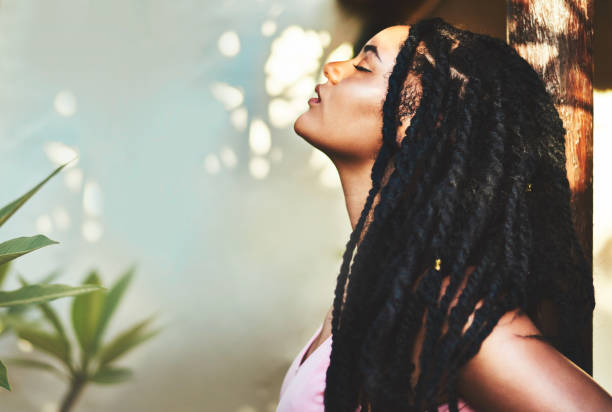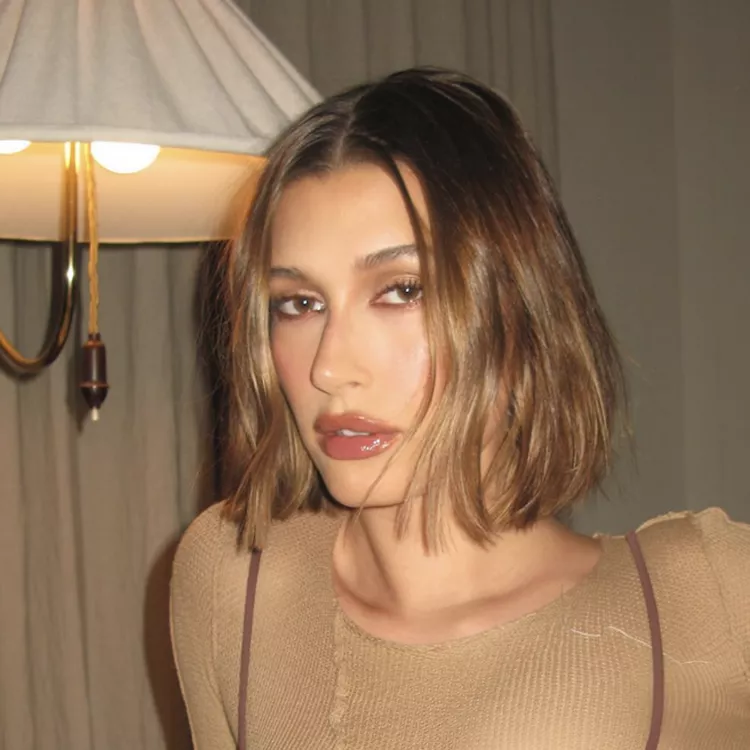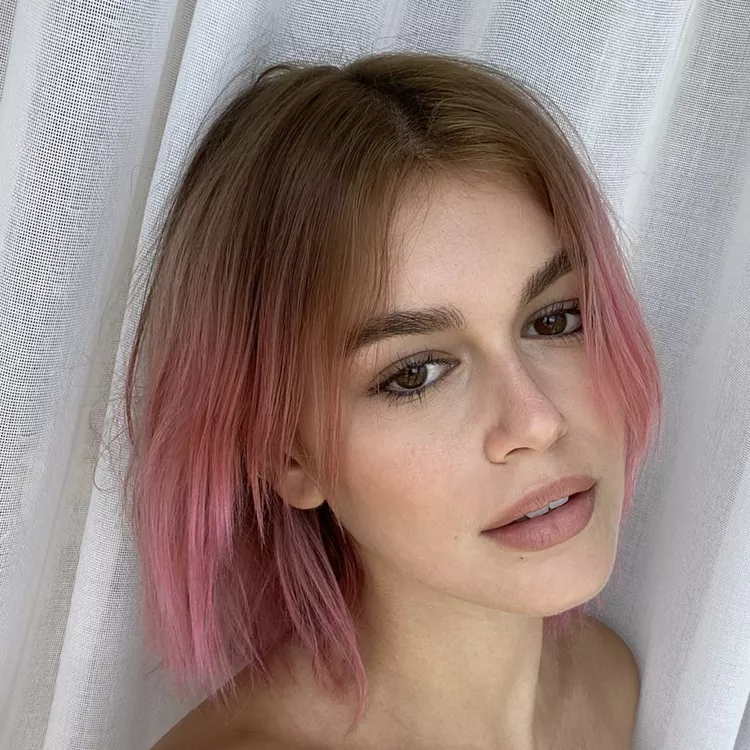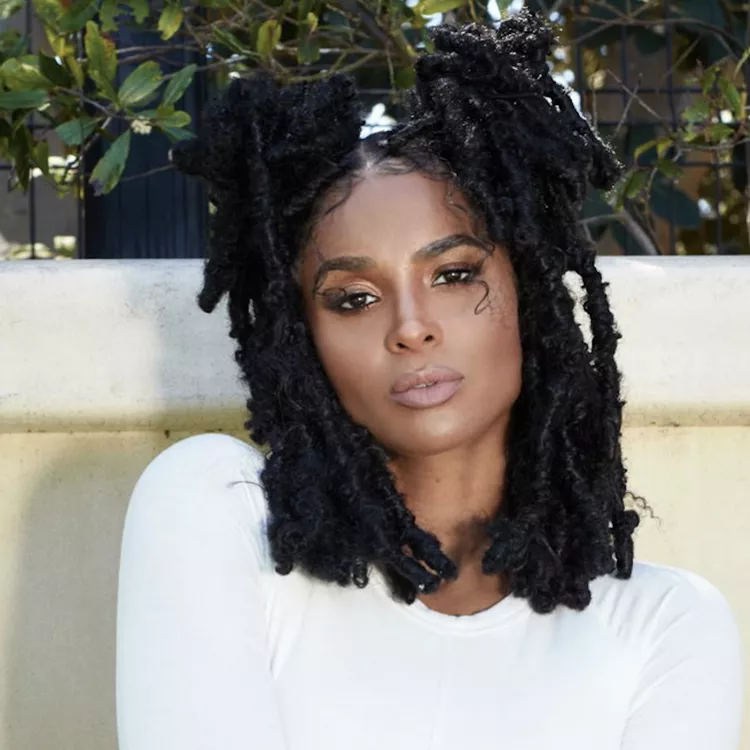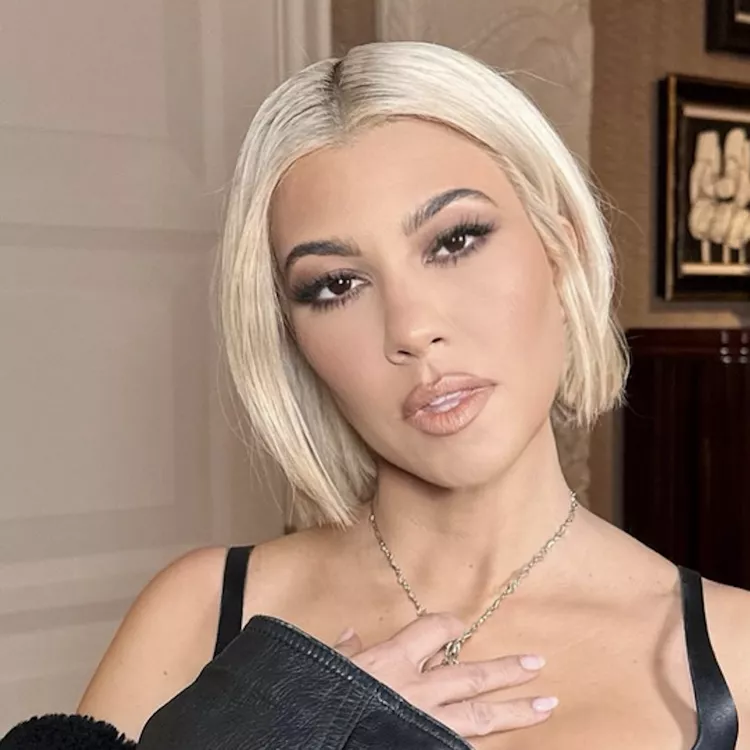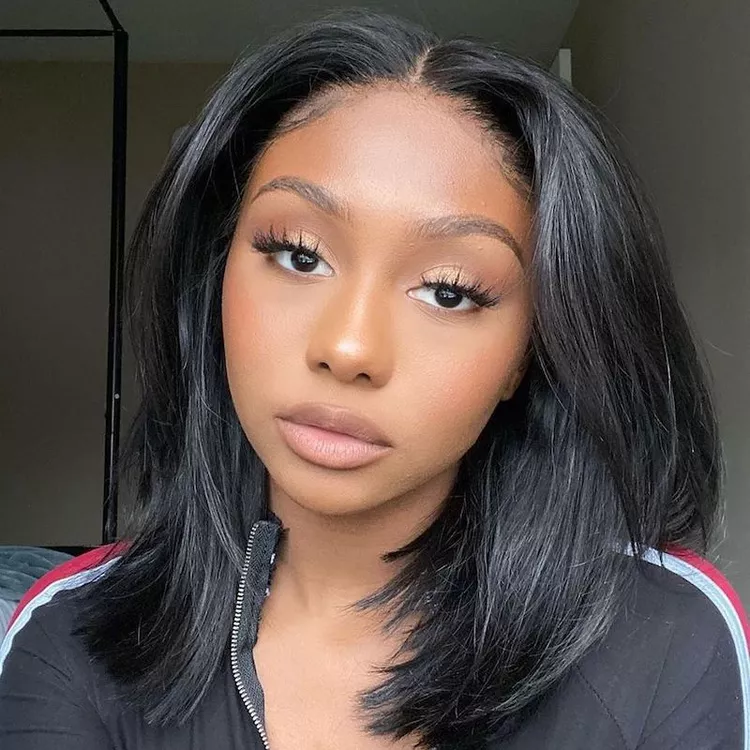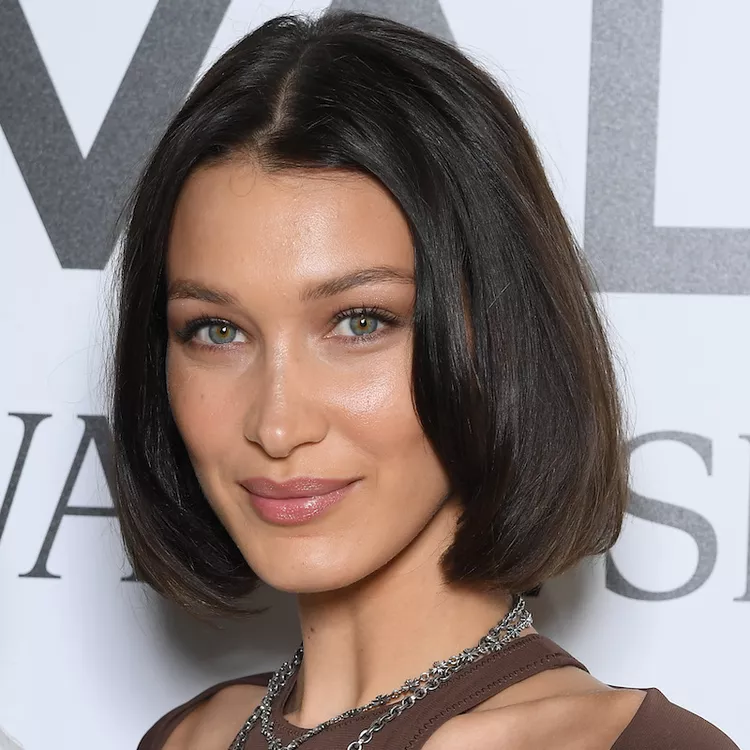If you’re looking for a new hairstyle that’s low maintenance and trendy, then dreadlocks might be just what you need. However, starting dreads may seem intimidating, especially if it’s your first time. But don’t worry, we’ve got you covered! In this guide, we’ll provide you with a step-by-step process on how to start dreads, so you can achieve the style you want.
What are Dreadlocks?
Dreadlocks, or simply dreads, are a hairstyle wherein the hair is twisted into tight coils or locks. The style dates back to ancient times and has been worn by many cultures such as the Rastafarians, African tribes, and Hindu sadhus. Today, dreadlocks have become popular among people of all races, genders, and ages.
Types of Dreadlocks
Before starting your dreads, it’s essential to know which type of dreadlocks you want to achieve. Here are some common types of dreadlocks:
- Traditional dreadlocks – These are created by twisting sections of hair until they form tight coils or locks.
- Sisterlocks – These are smaller and more precise than traditional dreadlocks. They require special tools for installation and maintenance.
- Freeform dreadlocks – These are created without any specific pattern or technique. This type of dread is more natural and spontaneous.
- Interlocked dreadlocks – These are created by threading the hair through itself, resulting in tighter and smoother dreads.
- Faux dreadlocks – These are created by attaching synthetic hair to your natural hair, mimicking the appearance of dreadlocks.
How to Start Dreadlocks in Different Ways
Starting dreadlocks is a unique and personal journey that allows you to express your individuality and embrace a distinctive hairstyle. There are various methods to begin your dreadlock journey, and three popular techniques are backcombing, twist and rip, and braiding. Each method offers its own set of advantages and considerations, so let’s explore how to start dreadlocks using these three approaches:
Backcombing Method
The backcombing method is a controlled technique that creates knots and tangles in your hair, eventually leading to the formation of dreadlocks. Here’s how to start dreadlocks using this method:
- Step 1: Wash your hair thoroughly using a residue-free shampoo. Clean hair helps knots form more easily.
- Step 2: Divide your hair into sections according to the size you desire for your dreadlocks. Smaller sections create thinner dreads, while larger sections result in thicker ones.
- Step 3: Take one section of hair and use a fine-tooth comb to backcomb the hair starting from the tips and working your way up towards the roots. This involves combing the hair in the opposite direction of its natural growth, creating knots and tangles.
- Step 4: After backcombing, roll the tangled hair between your palms to encourage the knots to form and hold together.
- Step 5: Repeat this process for each section of hair, working methodically through your entire head.
- Step 6: As your hair continues to grow, the knots will tighten and mature, forming well-defined dreadlocks.
Twist and Rip Method
The twist and rip method is a technique that combines twisting and separating sections of hair to initiate the dreadlocking process:
- Step 1: Wash and thoroughly dry your hair to ensure it’s clean and free of products.
- Step 2: Divide your hair into sections based on your desired dreadlock size.
- Step 3: Take one section of hair and twist it from the roots to the tips. The twisting action helps the hair lock together.
- Step 4: After twisting, use your fingers or a tool to rip the twisted hair section apart. This creates irregular sections with tangles that will evolve into dreadlocks over time.
- Step 5: Repeat the twisting and ripping process for each section of hair.
- Step 6: Allow the hair to naturally lock and tighten over the coming weeks and months, maintaining and separating the sections as needed.
Braiding Method
The braiding method involves creating braids and leaving them in place to encourage the hair to form dreadlocks:
- Step 1: Start with clean, dry hair. Wash and condition your hair before beginning the braiding process.
- Step 2: Divide your hair into sections, as with the other methods.
- Step 3: Braid each section of hair tightly from the roots to the ends. The braids should be secure but not uncomfortably tight.
- Step 4: Leave the braids in place for an extended period, allowing the hair to naturally tangle and form knots.
- Step 5: Over time, the braids will loosen and the hair will begin to lock and form dreadlocks.
- Step 6: Once you’re satisfied with the progress, you can remove the braids and let the individual dreadlocks continue to mature.
Tips and Advice for Starting Dreads
- Research the different methods of starting dreads and choose one that suits your hair type and lifestyle.
- Be patient as it can take several months for your dreads to mature fully.
- Avoid using rubber bands or clips for too long as they can cause breakage and weaken your hair.
- Protect your dreads while sleeping by wearing a silk or satin scarf or pillowcase to prevent frizz and breakage.
- Don’t compare your progress with others as everyone’s hair is unique and may dread differently.
- If you’re unsure about starting dreads on your own, consider consulting with a professional loctician.
FAQs
- How long does it take to start dreadlocks? It can take anywhere from a few weeks to several months to start dreadlocks, depending on your hair type and the method you choose.
- Can you start dreadlocks with short hair? Yes, you can start dreadlocks with short hair. However, it may take longer for the knots to form.
- How often should you wash your dreads? You should wash your dreads once a week with residue-free shampoo to avoid buildup.
- Can you undo dreadlocks? Yes, you can undo dreadlocks, but it can be time-consuming and damaging to your hair.
- Do you need special products for dreadlocks? No, you don’t need special products for dreadlocks. However, it’s essential to use residue-free shampoo and natural oils to keep your scalp and hair healthy.
Conclusion
Starting dreadlocks may seem daunting, but it’s an exciting journey that can lead to a low-maintenance and trendy hairstyle. By following this step-by-step guide and taking care of your dreads properly, you can achieve the style you want. Remember to be patient and enjoy the process!

